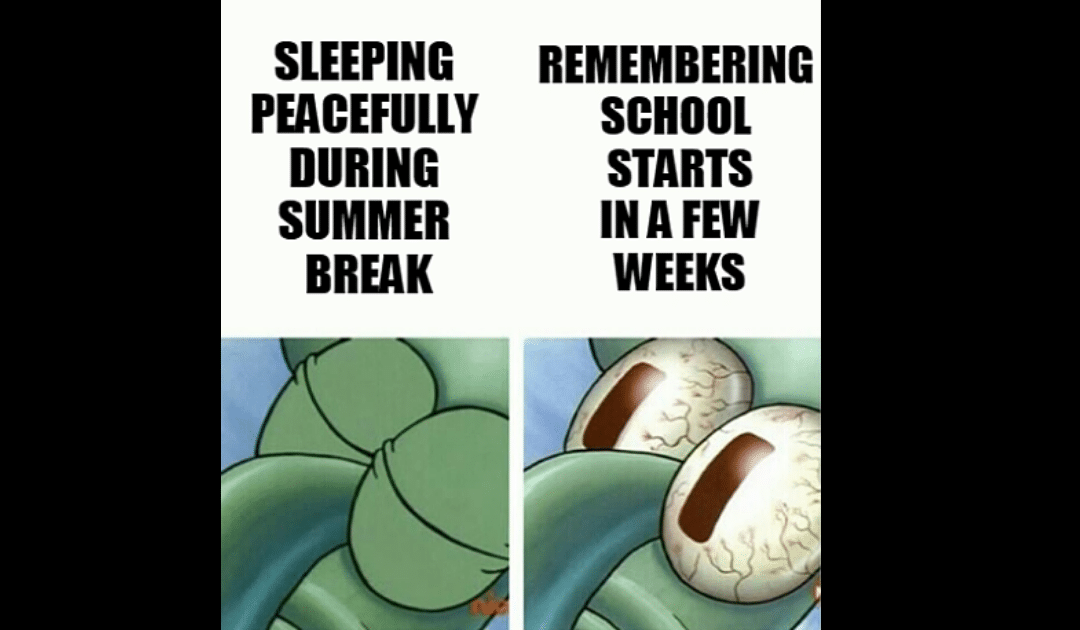
by California Casualty | Educators |
Sleeping in, getting to enjoy your coffee while it’s still hot, eating, and going to the bathroom whenever you want… These activities are all delicacies to teachers in the summertime.
Here’s how we’re feeling soaking up our last few weeks of summer.
We hope these memes help you enjoy the rest of your break!
For more check out our Pinterest board “Teacher – Summer Memes”. While you’re there, don’t forget to give us a follow at California Casualty to stay up to date on every new meme we discover! Scan our Pincode with your Pinterest camera to follow:

This article is furnished by California Casualty, providing auto and home insurance to educators, law enforcement officers, firefighters, and nurses. California Casualty does not own any of the photos in this post, all are sources by to their original owners. Get a quote at 1.866.704.8614 or www.calcas.com.
by California Casualty | Educators |
Written by Casey Keyser, MSEA Third Grade Teacher
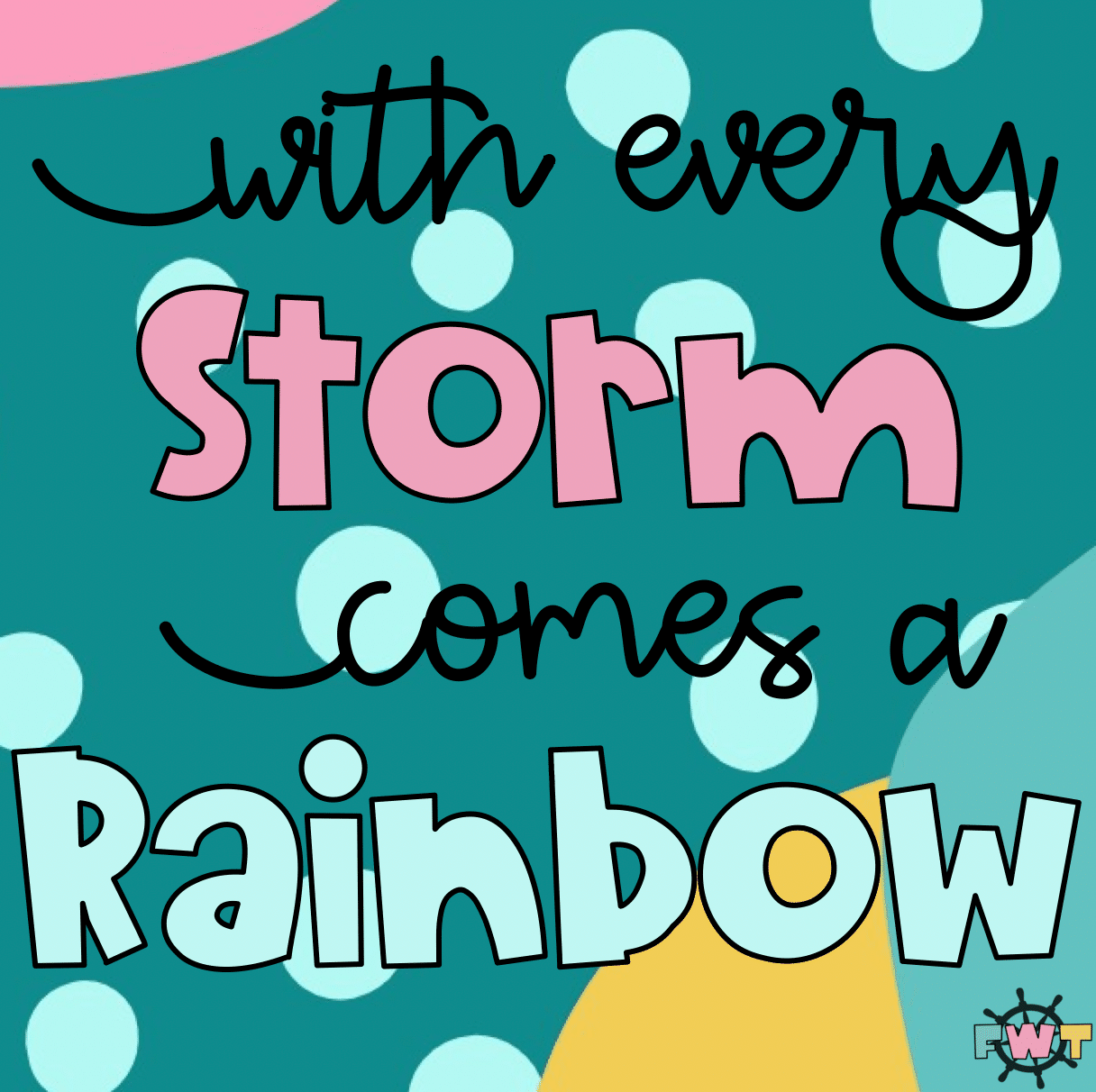 I don’t need to tell anyone in the school system how difficult the last year and a half was for education. Not just for teachers, but for bus drivers, principals, parents, students, and everyone in between.
I don’t need to tell anyone in the school system how difficult the last year and a half was for education. Not just for teachers, but for bus drivers, principals, parents, students, and everyone in between.
Teaching during a pandemic was by far the most difficult thing I have encountered in my career. It is hard to believe that anything good could come out of a year of lockdowns and virtual learning, let alone find the silver lining… But I am here to tell you… with every storm comes a rainbow.
It’s time to find that rainbow and help ourselves and our students with this upcoming school year. We must move forward and celebrate the skills we acquired throughout the storm.
Take a second to reflect… not on the bad but on something you learned this school year. Was it how to mute and unmute? My students taught me a fancy trick using the space bar!
Did you learn to use an online assessment tool like Kahoot! Or Quizizz? Did you connect with parents at a moment’s notice online using Zoom or Google Meet? Who knew we would be video conferencing with our students and families!
Were you finally able to start using a digital planner instead of your paper one? This has been my favorite new transition, I will never go back.
All of these things and SO MUCH more are the wins of having to teach virtual or hybrid this past year. You were encouraged to be an early adopter of tech tools and new devices like no other time before. But you dove right in to learn new skills and now you have experience with things like recording a screencast to give students directions or creating a complete interactive classroom with Google Slides and your Bitmoji.
If you’re on Facebook and you haven’t joined this teacher group yet… it is the rabbit hole of all rabbit holes. You will have access to FREE teacher resources that will help build engagement in your classroom using your Bitmoji. Join here now!

It’s time to celebrate YOU for all you have learned. I am proud of you for getting out of your comfort zone and I promise you, you are a better educator for it.
So now what… you know all of these new and exciting skills, what do you do with them? Are you excited to get back into the classroom and go back to normal? This is an overwhelming, “NO!” This is your time to shine and take this great opportunity to start reimaging what schools can look like. Be that trailblazer that reflects on the things that got easier because of your new skills. Challenge yourself and your colleagues to think outside the box. Make this year the best year yet!
As you start to set up your new classroom think of ways you can incorporate those virtual learning skills into the new school year. You might not be virtual or hybrid anymore but you can still create digital libraries, have students record Flipgrid videos, go on virtual field trips around the world and so much more.
I know the one thing I will never go back on is parent/teacher conferences. I was able to meet with each and EVERY one of my parents (multiple times) over Google Meet during this past school year. I have never felt more connected with them and we both had the flexibility to do it from wherever was best.
What is one thing you would continue to implement this school year?
Before the pandemic, I had a difficult time teaching the students simple tech skills and they were in front of me in the classroom. They had trouble logging into their computer, remembering their passwords, and finding certain button icons on the screen to help troubleshoot any situation. During virtual learning, this became even harder. The students were not in front of me anymore to help them over their shoulder. I had to get creative with creating multiple tech tool button cards. The cards are a good visual of what each button is and what they are used for. I was able to hold them up to the screen so the students could see where to go. I will continue to use these when we get back into the classroom to make learning tech tools easier. I have created buttons for basic Internet browsers, Canvas, Google Meet, Zoom, Pear Deck, and Schoology. They truly are a game-changer, I couldn’t imagine going back to before I had them.
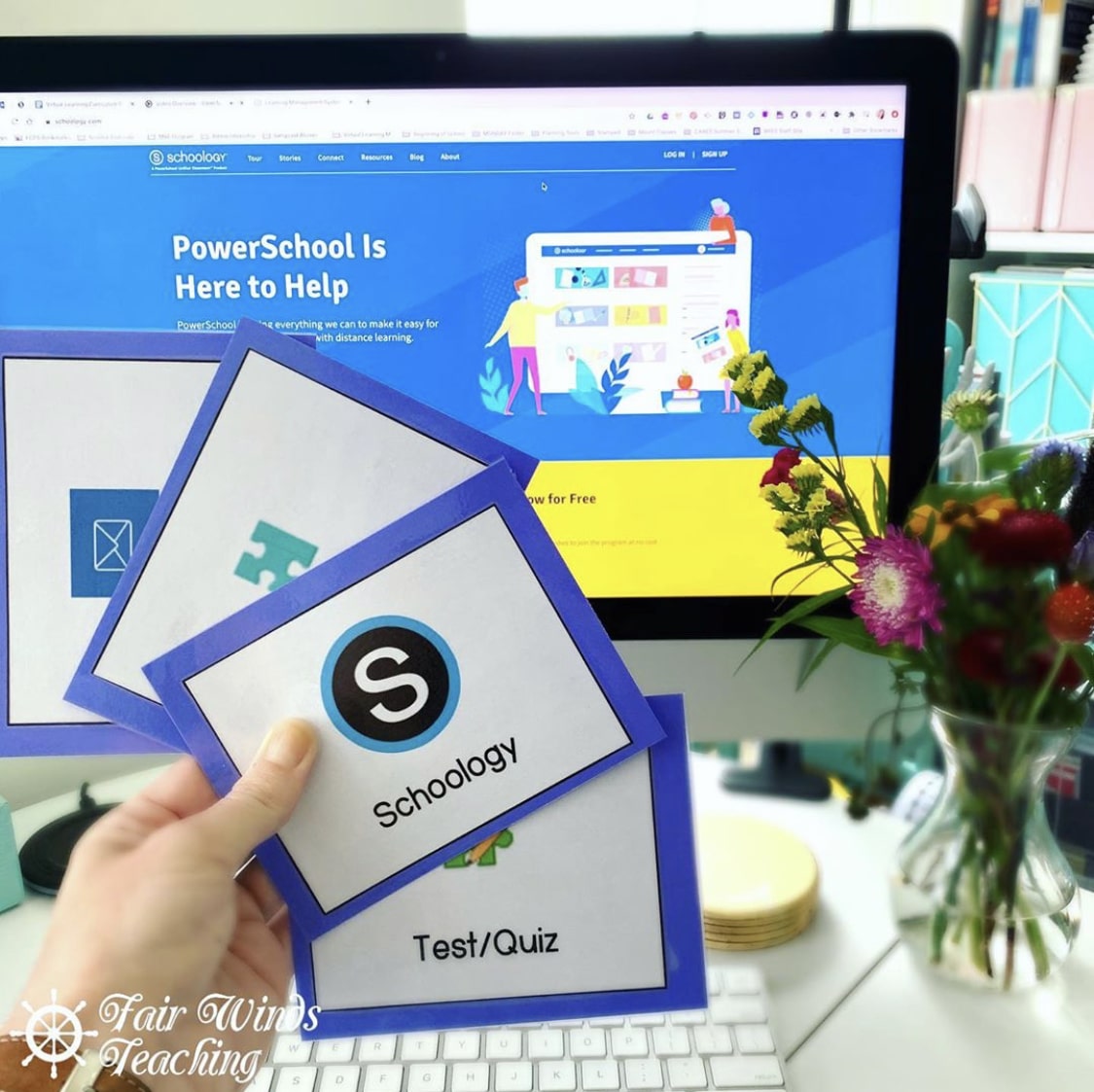
The second resource that I can’t live without is my tech tool username and password display cards. Simply print these out and add your class code or password. I add them to a ring and hang them at the front of the classroom for all students to be able to access. It is a great way to never forget your codes and to build agency with your students.
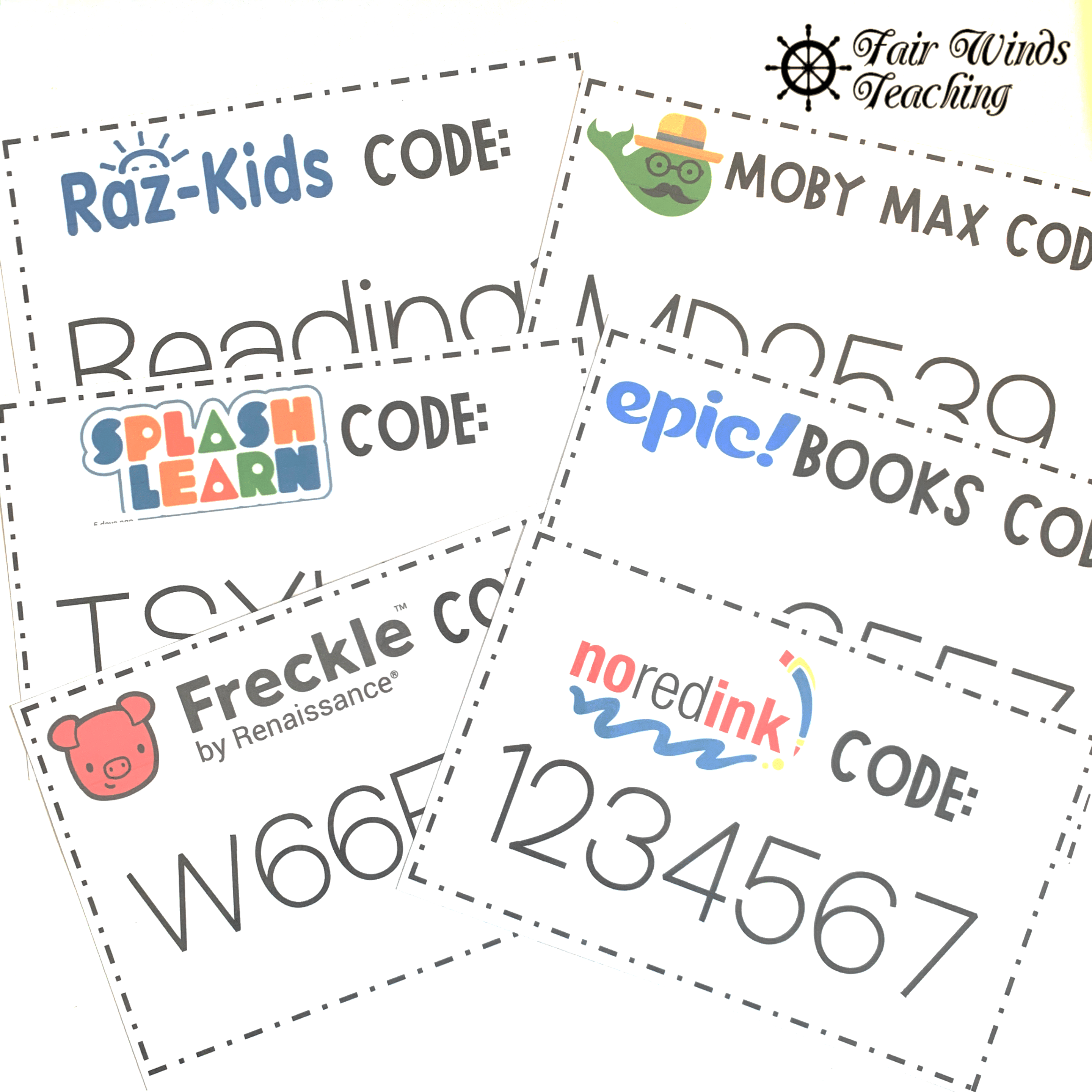
All these things and more are like letting the genie out of the bottle, I don’t think he’ll ever go back in. All we can do is learn from the skills we acquired and make the education system even better than before.
As we look forward to this upcoming school year, please try to remember the good that came from this very difficult year. There are so many bright colors in the rainbow and you just have to find them!

Casey Keyser is a third-grade teacher at Butterfly Ridge Elementary in Frederick County, Maryland. She was recently recognized as the national winner of the NEA Foundation’s 2021 Teaching in Excellence Award. Casey is the proud owner of the Education Resource Blog, Fair Winds Teaching, and loves to connect with her education community through her TeacherPayTeacher’s business.

by California Casualty | News |
It’s no secret that kids of all ages love electronic devices – video games, tablets, computers, smartphones, etc. And we do, too! But all of the technology that surrounds us can become addictive. So, how do you help your child manage screen time and develop good healthy habits?
The Stats on Screen Time
Each day on average, children ages 8-10 spend 6 hours on their screens, children ages 11-14 spend 9 hours, and teens ages 15-18 spend 7.5 hours. This doesn’t even include the hours that kids were online this past year for remote learning. Needless to say, these numbers are a giant red flag to parents. The nonprofit group, Common Sense Media, reports that many adults and children say they are addicted to their screens.
The Negative Effects of Too Much Screen Time
Digital media can be educational, of course, but too much screen time has been linked to obesity, behavioral and emotional issues, poor self-image, and sleep problems. Online activity also can lead to substance use and risk-taking behaviors. By spending too much time on their screens, children are also missing out on the chance to play, use their imagination, develop social skills, and exercise.
General Screen Time Guidelines by Age
For parents looking for guidelines on how much screen time their child should have, the American Academy of Pediatrics recommends the following limits for younger children.
-
- Under 2 years old: limited screen time with an adult present such as video chats; older toddlers (18-24 months) may use educational media with an adult who can teach and play with the child
- Ages 2-5: no more than 1 hour a day
In addition, experts have weighed in on-screen use for elementary school-age children and teens.
-
- Ages 6-17: no more than 2 hours a day (homework time is additional)
7 Steps to Managing Screen Time
Follow these 7 steps to manage your child’s screen time, teach good habits and restore balance to your child’s life.
1. Set a schedule together.
Designate certain times when devices are allowed and when they are not. For example, you may permit an hour after homework is completed but not close to bedtime. Get kids involved in setting reasonable limits. Draft a family contract with clear rules and consequences for breaking them. Then, follow the rules and reinforce them with timers or tokens that kids can turn in, in exchange for screen time.
2. Follow the same approach for virtual and real play dates.
You wouldn’t drop your child at a playdate without knowing your child’s friend and what they will be doing. Follow those same guidelines for virtual time. Preview the programs, games, and apps that your child is using. Know your child’s friends and how they are interacting online. Talk about situations that may occur if your child is exposed to content that you haven’t approved. Discuss the behavior that you expect.
If you’re looking for content that is appropriate for kids, some good resources for parents include Common Sense Media, the Parents’ Choice Foundation, and our YouTube Guide.
3. Set tech-free zones.
Designate the bedroom and the dinner table as two tech-free zones. The dinner table is a place where face-to-face conversation takes place. The bedroom is where sleep happens. Both of those areas will benefit from not having the distraction of digital media. Importantly, don’t use screens to distract or soothe your child. Those times are best for face-to-face, personal interaction.
4. Use parental controls.
Did you know there is actually technology that helps you to control screen time? You can set screen limits for your child’s Chromebook or Android device with Google Family Link. Other popular apps and software include:
-
-
- Screentime
- Qustodio
- DinnerTime
- FamiSafe
- OurPact
To help limit shows to just one episode, you can turn off auto-play on Netflix so the next show won’t automatically start.
5. Encourage tech-free activities.
Help steer your children to non-tech activities based on their interests. Instead of watching a favorite movie, have them play dress-up and act it out or draw a picture of their favorite characters. Encourage your child to stay active, play outside with friends or go bike riding. Join in, and enjoy some family fun.
6. Reward your child for following the rules.
Is your child being responsible for managing his/her screen time? Consider a reward: giving extra in your child’s allowance, cooking a favorite meal, or letting your child stay up late. However, don’t use extra screen time as a reward. That will only defeat the purpose of managing time on digital devices, and elevate it to a more desired privilege.
7. Set a good example.
If you’re on your phone or tablet all day, it’s likely your children will want to be too. If you want them to put their devices down, that means you have to set the example. Talk to your kids about finding a balance between screen time and other activities. Show them how you manage your time, and lead the way.
Need some indoor activities that don’t involve screens? Check out these 100+ Indoor Activities that Don’t Involve Screens. Click here.
This article is furnished by California Casualty, providing auto and home insurance to educators, law enforcement officers, firefighters, and nurses. Get a quote at 1.866.704.8614 or www.calcas.com.

by California Casualty | Educators |
Teachers do not have summers off. Professional development (PD) is one of the many tasks that’s expected of educators in the summer. But if your district doesn’t provide or pay for PD resources, the costs can quickly add up.
If you’re looking for ways you can easily meet your professional development goals without spending a ton or leaving your home, you’ve come to the right place.
Enjoy some free PD this summer when it’s convenient for you (like while you’re sitting by the pool, enjoying the sun, and pretending like the school supply aisles aren’t already back in stores…) with these free online resources.
- Coursera – Coursera is an online learning resource hub that collaborates with 200+ universities and companies all over the world. You can find professional development resources, classes, and even earn certificates and degrees when you join for free. Click here to explore their vast amount of Teaching PD resources.
- Library of Congress – The Library of Congress offers build-your-own PD models for teachers, along with webinars and workshops, videos, and activities. Click here to get started.
- Learners Edge – Learners Edge offers a wide variety of free webinars on mental health, reading, writing, culture, motivation, and more that you can earn certificates for. Browse their library by clicking here.
- edWeb.net – edWeb hosts edWebinars weekdays all throughout the summer that you can earn certificates for. Through edWeb you can connect with peers and share ideas by joining ecommunities. You can even create your own webinars and learn from each other. Click here to view the free webinar schedule and check out everything else they have to offer.
- Teachers First – Teachers First offers free, quality, hands-on workshops for teachers and other educators. Their webinars are interactive, reached-based, and packed with great ideas for your classroom. Click here to get started.
Before you begin, be sure to check with your school take to make sure these PD options meet your school district’s requirements.
Need some last-minute (mostly) PD books? Check out our Summer Reading List for Teachers.
Have a great rest of summer!
This article is furnished by California Casualty, providing auto and home insurance to educators, law enforcement officers, firefighters, and nurses. Get a quote at 1.866.704.8614 or www.calcas.com.

by California Casualty | Homeowners Insurance Info |
Planning to fire up the grill or gather around the fire pit this summer? While these fun activities are great ways to spend the season with your family and friends, they also come with a risk of fire-related injuries.
If you’re hosting an outdoor gathering or handling potentially hazardous materials like fireworks, it’s important that you take the proper fire safety precautions. Here’s what you need to know to stay safe and prevent an injury or accident this summer.
1. Fire Pits
There’s nothing better than taking advantage of your fire pit on a cooler summer evening. But if you haven’t set up for safety, there could be dangerous consequences.
-
- Position your fire pit so it is at least 10 feet away from your house and anything that can catch fire. This includes trees and bushes.
- Avoid burning treated wood, wet wood, or anything that gives off a gas or dense smoke.
- Don’t use flammable fluids to start or relight a fire. They can cause an explosion or turn a controlled fire into an uncontrollable one.
- Consider a fire screen to catch stray sparks.
- Have a fire extinguisher on hand and/or a bucket of water.
2. Barbecue Grills
Barbecues are the centerpiece of our summer celebrations. But cooking outdoors comes with its own share of hazards. Propane is used to power some grills. It is a highly flammable substance that can burn if it comes in contact with your skin. Charcoal briquettes also can cause burns and fires if not properly attended. Follow these tips for grilling safely.
For propane grills:
-
- Be careful not to overfill a propane tank.
- Check the connection between the propane tank and the fuel line to make sure there are no leaks. You can do this by making a solution of 50% liquid dish soap and 50% water, and brushing it on the hose connections. If there are leaks, you will see air bubbles when you turn on the propane.
- Store your tank in a safe location, upright and away from a heat source. Do not store a propane tank inside your house.
For charcoal grills:
-
- Use plenty of water to douse hot coals after you’re done cooking. Give them a stir to make sure there are no lit embers.
- Do not put the coal and embers in plastic, paper, or wooden containers after use. They could still be hot enough to start a fire.
3. Campfires
Sitting around the campfire and roasting marshmallows is a highlight of camping. But did you know that campfires can get as hot as 932 degrees Fahrenheit in just 3 hours? Their embers stay hot long after the fire is done—hot enough to burn someone who comes in contact with them eight hours later!
-
- Choose a location for your campfire that is away from dry grass and trees and from your tent.
- Add rocks around the perimeter of your campfire to help contain it.
- Enforce a 3-foot perimeter around fires that is the kid-free zone and pet-free zone.
- Never use gasoline to start a campfire or add it to an open flame.
- Put out your campfire before going to bed. Drench it with water and bury it with sand. That will help prevent the fire from starting again from the embers.
4. Fireworks
Fireworks are fun, festive, and a much-loved part of our patriotic celebrations. Yet fireworks send thousands of Americans to the ER every July. While you can enjoy the public fireworks without too much worry, doing them on your own requires a few additional safety precautions.
-
- Buy fireworks from a reputable seller.
- Store them safely away from children and pets in a locked box in a cool, dry place.
- Carefully read and understand all instructions.
- Avoid alcohol while using fireworks. Not only could it impair you, alcohol is highly flammable.
- Keep onlookers 60 feet away from the place where you’re setting off fireworks.
- Light one at a time. Light the fuse at the tip, not the bottom.
- A barbecue lighter works well to help keep fireworks at arm’s length.
- If a firework does not light, do not attempt to relight it. Wait at least 30 minutes to retrieve any fireworks that did not ignite.
- Never allow children to handle fireworks. Children ages 8 and older may hold sparklers with proper supervision. Sparklers could easily catch a child’s clothing on fire or cause blindness if in contact with a child’s eyes.
5. Lawnmowers
You may not think it, but your lawnmower is a fire risk. Any lawnmower, electric or gas, can catch fire and ignite items around them including your home. Fires may be caused by leaking fuel or fumes from a gas mower. Electric mowers may short circuit, causing a fire. In addition, a hot mower can ignite dry grass that is packed into it.
-
- Start mowing at your house and head away from it. This will reduce the chance that a hot mower is near your home.
- Never add fuel to a hot motor. Wait until it cools down.
- Avoid moving in hot, dry, windy weather, or if you do, wet down the grass first.
- Use a hose to clean out grass from mower blades.
- Make sure the area you’re mowing is clear of rocks. Even tiny rocks can cause a spark when it strikes the mower’s blades at high speed.
- Follow your mower’s recommended maintenance plan to ensure everything is in good working order.
6. Recreational Vehicles
Traveling in an RV is a dream. Having a fire in an RV is a nightmare. Powered by propane, a hazardous substance, and electric generators, which produce exhaust gases, RVs can be a fire risk.
-
- Make sure you have installed a smoke detector, carbon monoxide detector, and a propane leak alarm.
- Check the RV’s mechanical and electrical systems to ensure they’re in good working order.
- Look for frayed electric cords on any appliances in the RV.
- When cooking, never leave the stove unattended.
- Store clothes and flammable objects away from the cooking area.
- Store the propane tank outside, but not in the back or you could be at risk in the event of a rear-end collision.
- Let the generator cool down before refueling.
- Add RV coverage to your insurance policy.
7. HVAC (Heating, Ventilation, and Air Conditioning) Systems
During the summer, we run our air conditioning for long periods of time. Hot temperatures can strain air conditioning units. If your system is dirty, it could short circuit, causing a fire to start.
-
- Have your HVAC system cleaned at least once a year.
- Replace vents and exhaust fans as needed.
- Check your smoke detectors to make sure that they are in working order so they may warn you of a fire.
This article is furnished by California Casualty, providing auto and home insurance to educators, law enforcement officers, firefighters, and nurses. Get a quote at 1.866.704.8614 or www.calcas.com.

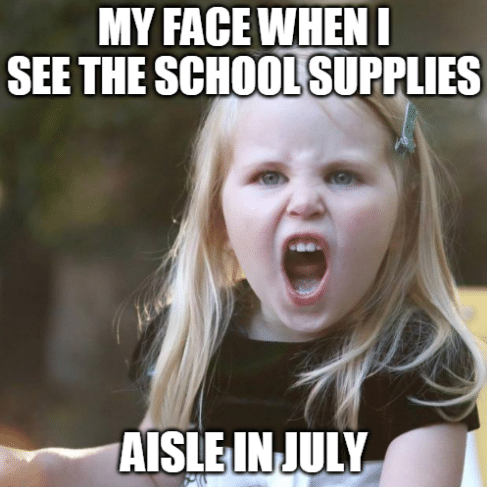


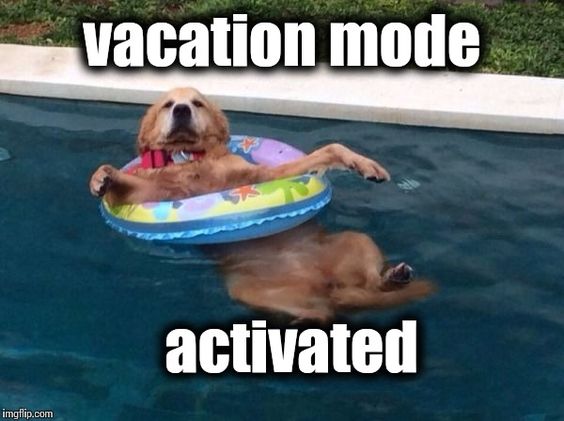
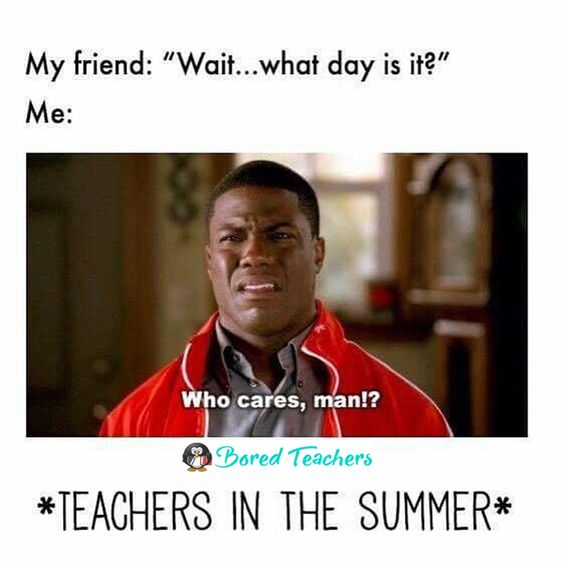

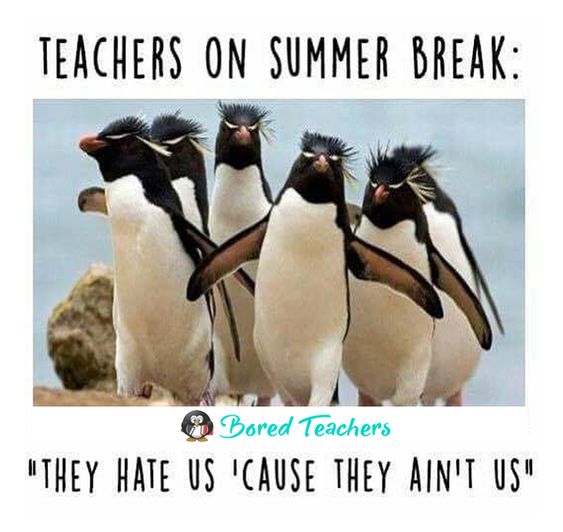
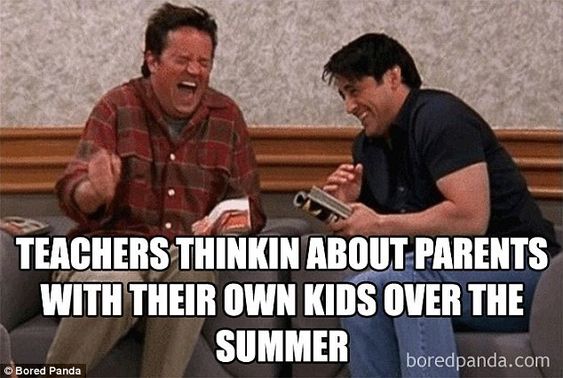

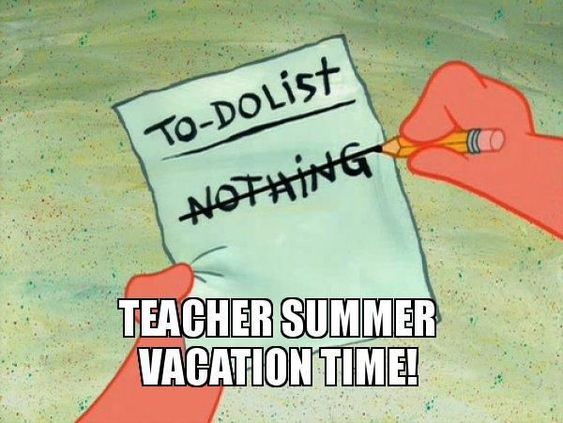

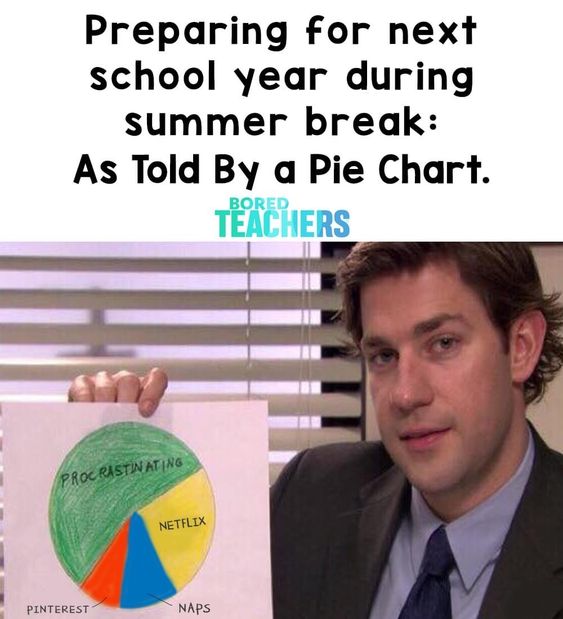
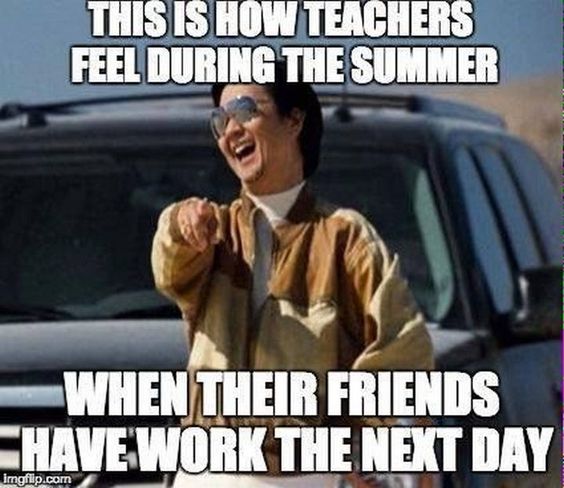


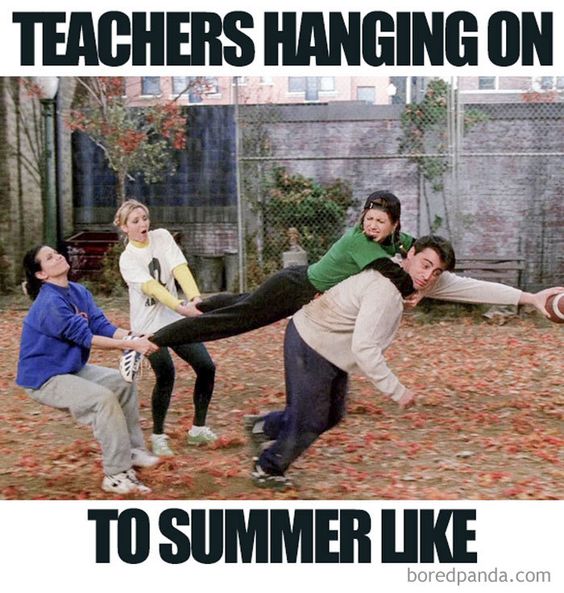
 I don’t need to tell anyone in the school system how difficult the last year and a half was for education. Not just for teachers, but for bus drivers, principals, parents, students, and everyone in between.
I don’t need to tell anyone in the school system how difficult the last year and a half was for education. Not just for teachers, but for bus drivers, principals, parents, students, and everyone in between.





